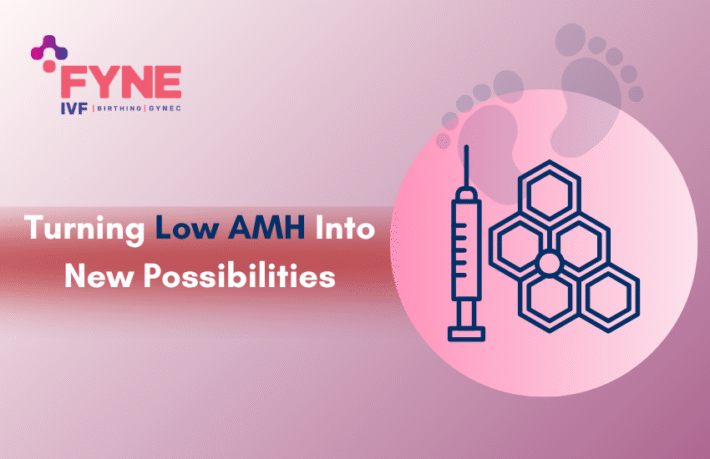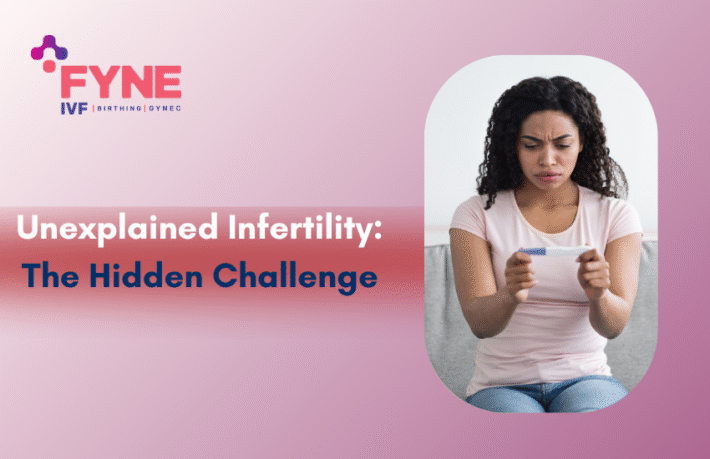Blastocyst Transfer in IVF: What It Is and Why Timing Matters

IVF (In Vitro Fertilisation) is a process that offers hope for many couples struggling with infertility. However, the journey is filled with numerous decisions, each one crucial in achieving a successful outcome. One of the most critical steps in the IVF process is the blastocyst transfer, a technique that can greatly influence the success rates of IVF.
If you are unfamiliar with the term or want to understand more about it, this blog will explain what a blastocyst is, why the timing of the transfer is important, and how this stage plays a vital role in the IVF treatment process.
What Is a Blastocyst?
In the IVF process, the fertilised egg undergoes several stages of development before it is ready to be implanted in the uterus. One of the most important stages is the blastocyst stage, which typically occurs 5 to 6 days after egg collection. By this point, the fertilised egg has developed into a multicelled structure with distinct characteristics.
A blastocyst consists of the following parts:
- Inner Cell Mass (ICM): This is the cluster of cells that will eventually develop into the baby.
- Fluid-Filled Cavity: The blastocyst is a hollow structure that contains fluid, and it plays a crucial role in the embryo’s ability to implant in the uterine lining.
- Trophoblast Cells: These outer cells will form the placenta, providing nutrients and oxygen to the developing embryo.
When an embryo reaches the blastocyst stage, it is an indication that it is developing well and is ready for the next critical step: implantation into the uterus.
Why Is a Day 5 Transfer So Important?
In IVF, embryos are typically transferred into the uterus either on Day 3 (the cleavage stage) or Day 5 (the blastocyst stage). While both options are viable, transferring an embryo at the blastocyst stage offers several distinct advantages:
1. Better Embryo Selection
Only the strongest embryos can survive to the blastocyst stage, meaning that embryos that reach Day 5 are generally of higher quality. These embryos are more likely to implant successfully in the uterine lining, improving the chances of a successful pregnancy.
2. Mimicking Natural Timing
In a natural pregnancy, embryos typically take around 5 days to reach the uterus after fertilisation. By transferring the embryo at this stage, the timing is more closely aligned with the body’s natural processes. This increases the likelihood that the embryo will implant successfully and develop into a healthy pregnancy.
3. Higher Success Rates
Many studies have shown that Day 5 blastocyst transfers tend to have better success rates than Day 3 transfers, especially when embryos are of good quality. The process of selecting the best embryo at Day 5 ensures that the embryo being transferred has a higher likelihood of successful implantation.
Blastocyst IVF Success Rates
While the success rates of IVF can vary depending on various factors, including age, medical history, and the quality of the embryos, blastocyst transfer has been associated with higher pregnancy rates in certain groups of patients.
1. Women Under 35
For women under the age of 35, blastocyst transfer has shown significantly improved outcomes when compared to Day 3 transfer. This is because embryos from younger women are often of better quality, and the timing of a Day 5 transfer better supports implantation.
2. Couples with Multiple Healthy Embryos
If couples have several embryos of good quality, a blastocyst transfer is typically the preferred choice. It allows embryologists to select the best embryo for transfer, improving the chances of success.
3. Previous IVF Failures
For couples who have undergone multiple IVF cycles with no success using Day 3 transfers, blastocyst transfer offers a new opportunity. The improved embryo selection and alignment with natural implantation timing often lead to better outcomes.
What Happens After a Blastocyst Transfer?
Once the blastocyst is transferred into the uterus, the next phase of the IVF journey begins: waiting for implantation. This stage can be both exciting and nerve-wracking, as couples hope for a positive pregnancy test.
Here’s what you can expect after a blastocyst transfer:
- Implantation: This usually occurs within 24 to 72 hours after the transfer. The embryo begins to attach to the uterine lining, and this is the start of pregnancy.
- Cramping or Spotting: Light cramping or spotting can occur as the embryo implants. This is normal and should not cause concern.
- Rest and Recovery: During the waiting period, it’s recommended to avoid strenuous activities. Although there’s no need for bed rest, it’s important to avoid heavy lifting or intense exercise.
- Pregnancy Test: Approximately 10 to 12 days after the transfer, a blood test is conducted to confirm pregnancy. It’s essential to follow your doctor’s instructions on when to take this test.
While waiting for the pregnancy test results, emotional support from your healthcare team can be invaluable. IVF can be an emotional rollercoaster, and staying positive and informed can help manage stress during this time.
In Conclusion
Choosing to undergo blastocyst transfer is an important decision that can seriously impact the outcome of your IVF cycle. The timing of the transfer, the quality of the embryo, and the precise technique used are all crucial factors in ensuring successful implantation and a healthy pregnancy. By understanding what a blastocyst is, why the Day 5 transfer is so beneficial, and how the process works, you are in a better position to make informed decisions about your fertility treatment.
Make the Right Choice for Your IVF Treatment: Visit FYNE IVF Now!
If you’re considering IVF and are curious about blastocyst transfer, our team of experienced fertility specialists is here to provide all the information and support you need. Whether you’re new to IVF or have undergone previous cycles, we can help you make the right choices for your fertility journey. We’re committed to offering compassionate, evidence-based care tailored to your unique needs.
Book a consultation, explore your options today!
FAQs
1. Is Blastocyst Transfer Better Than a Day 3 Transfer?
For many patients, blastocyst transfer is considered better because it allows for better embryo selection and aligns more closely with natural pregnancy timing. However, it may not be suitable for everyone. Your fertility doctor will guide you in making the right choice based on your specific situation.
2. Does Blastocyst Transfer Guarantee Pregnancy?
Unfortunately, no IVF technique can guarantee a pregnancy. However, blastocyst transfer offers higher chances of success compared to Day 3 transfers, especially in cases where embryo quality is optimal.
3. Can I Choose How Many Embryos to Transfer?
Typically, only one embryo is transferred to reduce the risk of multiple pregnancies. However, in some cases, doctors may recommend transferring more than one embryo based on factors such as age, embryo quality, and previous IVF outcomes. This is always discussed in detail during your consultation.


